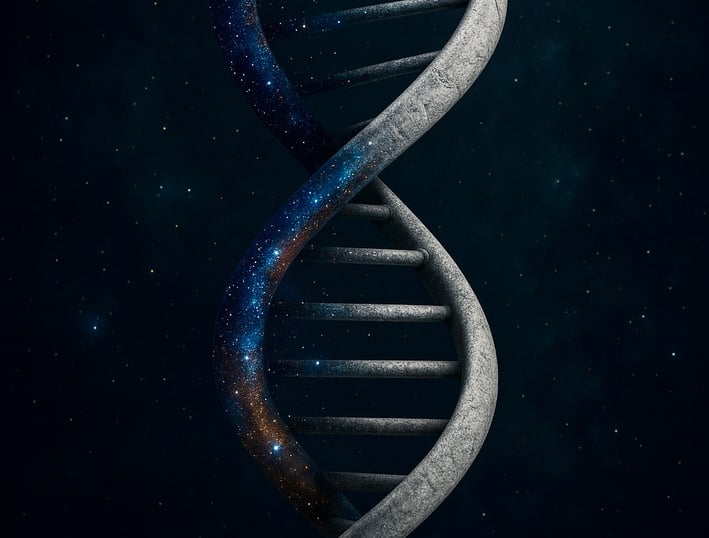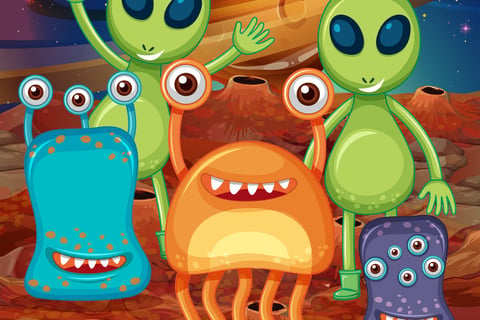What Is Astrobiology?






Quite simply, astrobiology is our origin story.
It’s the study of how life arose in the universe, how it evolved, and how it was scattered throughout space.
The field of astrobiology isn't an isolated subject. It uses information from planetary science, biology, chemistry, geology, physics, and related fields like atmospheric science and planetary oceanography.
Have you ever wondered:Where did we come from?
You’re not alone. From the time humans could look up at the sky, people have wondered the same thing.
What’s out there?
A lot! Space is filled with stars, planets, comets, asteroids, and nebulae. There’s also electromagnetic radiation, cosmic rays, and the interstellar medium, which is where new stars are formed.
How did the universe begin?
Evidence supports the theory that the universe began by a process called the Big Bang – which was not a true explosion nor a sitcom. About 14 billion years ago, everything in our observable universe came to be from a single hot, dense fireball of matter made of subatomic particles and radiation. The universe as we know today expanded from that single point.
Think of it like blowing up a balloon printed all over with tiny dots.
At the beginning, you're holding your breath and the dots are so close together that it looks like one spot. There’s a lot of energy and pressure built up in your chest, and the air in your lungs gets hotter with each passing second. Eventually, you can’t hold it in anymore and you blow the air into the empty balloon. The balloon rapidly expands, and as the balloon’s surface area gets larger, the air cools down.
The balloon itself is the universe’s rapid expansion, and the dots represent the particles that were created and spread throughout space.
What are stars made of?
Stars are born from dust and gas (mostly hydrogen & helium) in dense instellar regions called Molecular Clouds. The dust is microscopic grains made of elements like carbon, oxygen, and iron.
Are we just space dust?
Basically, yes. Every atom and element that makes up our bodies and the earth itself originated elsewhere in the universe. When stars die, they release their elements back into space in various ways.


Can we live on other planets?
Not yet. Earth is the only planet that exists in the Goldilocks zone – we’re not too close or too far away from the sun, which allows water to be liquid at our planet’s surface. That’s important because every cell, tissue and organ in your body requires water to function properly. We exist on earth because the conditions were just right to support our evolution.
Other planets have atmospheres made of different gases that we can’t survive in. They also have extreme space weather, lack water and are either too hot or too cold. A lot of resources will be required to support us on another planet. In 2001, NASA’s Exoplanet Program began looking into habitable planets outside of our solar system. Other organizations and institutions also have research programs studying the potential of living on other planets.


Are we alone?
We honestly don't know the answer yet. Scientists and philosophers have debated this question since it was first asked. The universe is vast and holds endless possibilities, but we have yet to discover any kind of life similar to what is found on earth.
While the universe is vast and teeming with possibilities, whether we are truly alone is a question that continues to intrigue scientists and philosophers alike. While there's no definitive proof of other intelligent life, the sheer number of stars and planets suggests a high probability of life existing elsewhere, though it might not be at a similar level of development as on Earth

